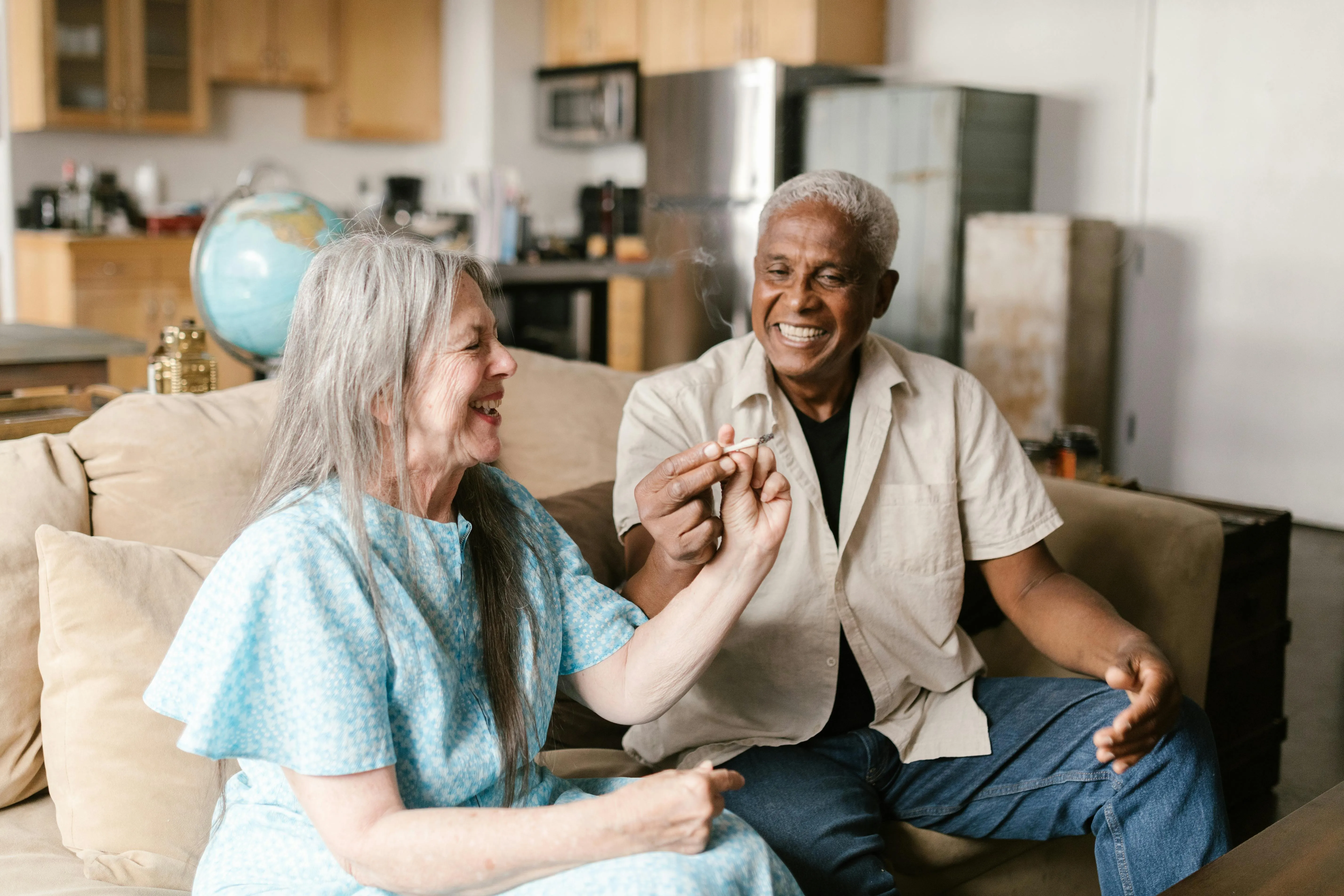Wired for Love: Understanding Chronic Connection
We’ve all been there – that feeling of deep longing, a constant need to be close to someone special. It’s intoxicating, exhilarating even. But what happens when that yearning becomes an unshakeable thread woven into the fabric of your everyday life? When the desire for connection transcends healthy boundaries and starts dictating your decisions, relationships, and sense of self?
You might be experiencing what’s known as “chronic connection,” a pattern of behavior characterized by an intense need to be in constant contact with others, often at the expense of personal well-being. It can manifest in various ways, from excessive texting and social media scrolling to struggling with solitude and feeling incomplete without external validation.
While craving connection is natural and fundamental to human existence, chronic connection takes it a step further. It’s driven by an underlying anxiety about being alone or unloved. This fear often stems from past experiences like childhood neglect, trauma, or insecure attachments.
Think of it like this: imagine your emotional cup as needing constant filling. For someone with chronic connection tendencies, the cup has a leak, constantly draining their sense of security and worth. They rely on external interactions to fill it up again, creating a cycle of dependence that can be difficult to break.
Signs You Might Be Experiencing Chronic Connection:
* Excessive need for reassurance: Constantly seeking validation from others through compliments, praise, or affirmation.
* Difficulty being alone: Feeling overwhelmed by loneliness and needing constant stimulation from social interactions.
* Fear of abandonment: Intense anxiety about being left alone or rejected, leading to clingy behavior.
* Prioritizing relationships over personal needs: Neglecting your own goals, hobbies, and self-care to please others.
* Difficulty setting boundaries: Feeling obligated to respond to messages immediately or say yes to requests even when feeling overwhelmed.
Breaking the Cycle: Embracing Healthy Connection
The good news is that chronic connection isn’t a life sentence. Recognizing these patterns is the first step towards healing and building healthier relationships. Here are some ways to start:
* Self-Reflection: Take time to understand the root of your need for constant connection. Journaling, therapy, or talking to trusted friends can help uncover past experiences that might be contributing.
* Practice Mindfulness: Become aware of your thoughts and feelings in the moment. Notice when anxiety about being alone arises and challenge those thoughts with self-compassion.
* Cultivate Self-Love: Focus on building a strong sense of self-worth independent of external validation. Engage in activities you enjoy, celebrate your accomplishments, and practice self-care rituals.
* Set Boundaries: Learn to say “no” without guilt when you need space or time for yourself. Prioritize your needs and communicate them assertively to others.
Remember, healthy connection involves a balance between intimacy and independence. It’s about feeling secure in yourself while enjoying the joy of sharing life with others.
Breaking free from chronic connection takes courage and commitment, but it leads to richer, more fulfilling relationships built on mutual respect, trust, and genuine connection. By nurturing your own inner world and learning to embrace solitude, you can create space for healthier, more balanced connections that truly nourish your soul.